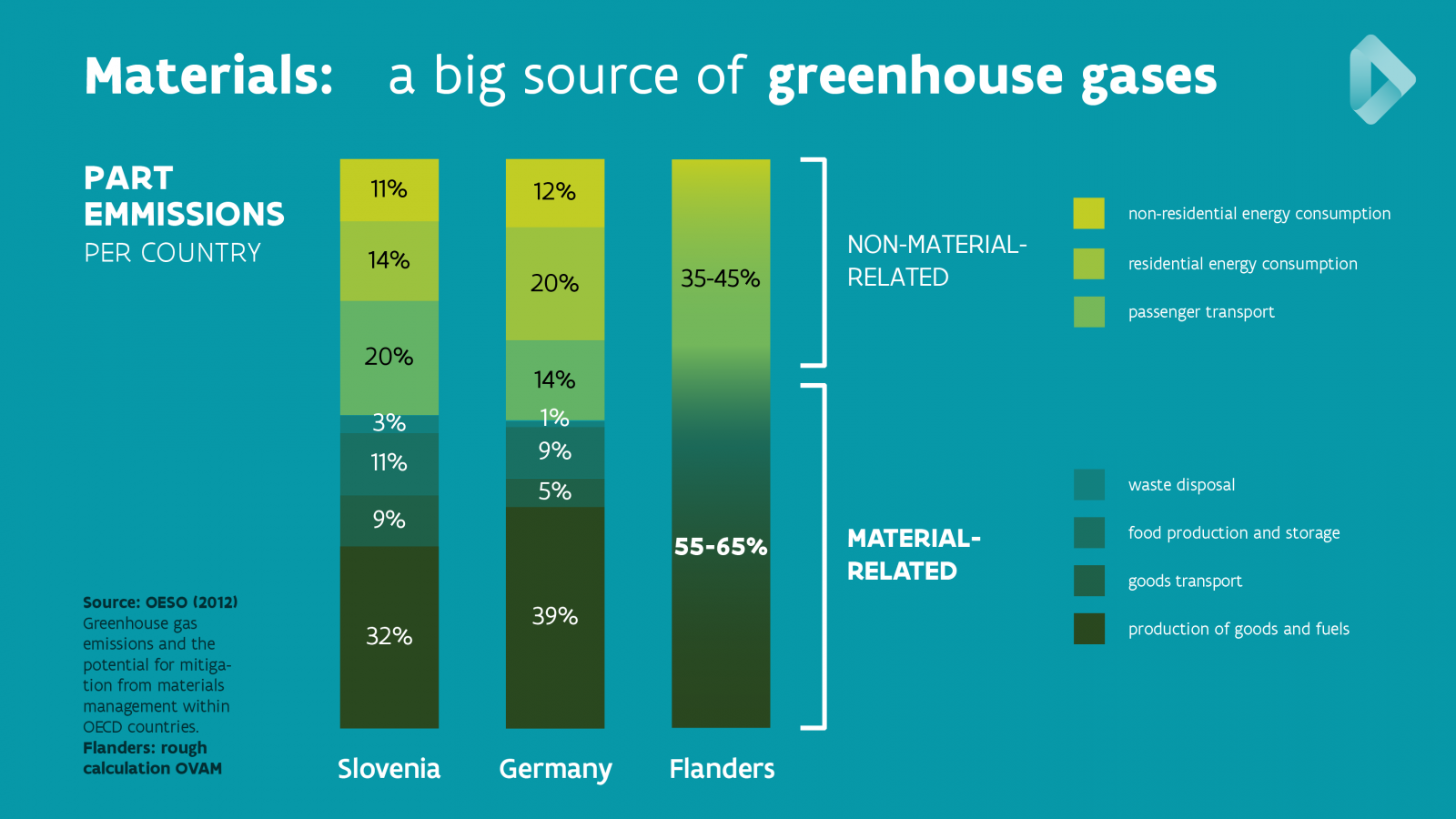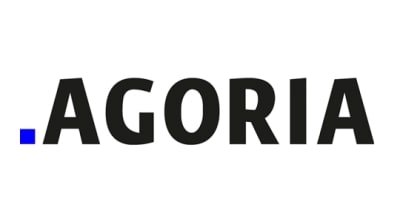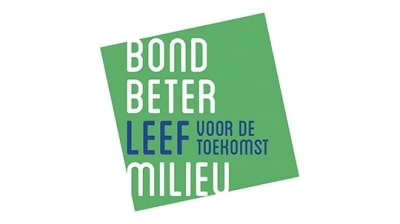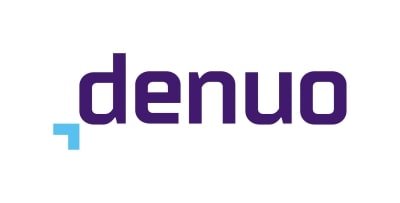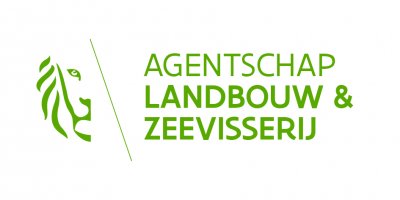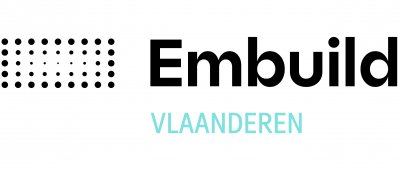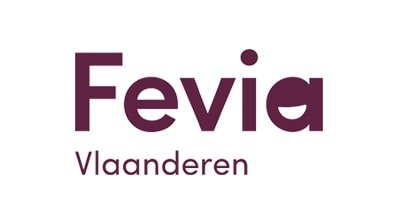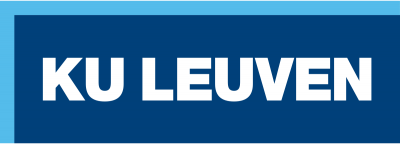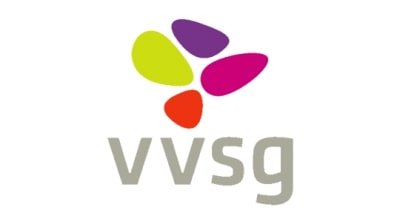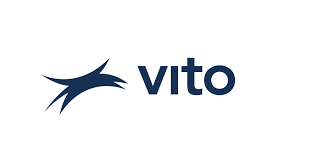Topics
We organise our actions in six thematic & strategic agendas:
Strategic Agendas:
Bio-economy
Circular Construction
Chemicals/Plastics
Manufacturing Industry
Food Chain
Water Cycles
Seven leverages provide additional support:
Leverage effects:
Lever Policy Instruments
Lever Circular Procurement
Lever Communication
Lever Innovation & Entrepreneurship
Lever Financing
Lever Jobs & Skills
Lever Research
What, why and how?
Why are we pursuing a circular economy?
Future visions 2050
How do we see our circular future?
About our management
Who steers what at Flanders Circular?

The Climate Agreement was concluded in Paris at the end of 2015. In that agreement, 195 countries committed to restricting global warming to well under 2° Celsius, with the ultimate goal of restricting this to 1.5°.
The climate challenge is often reduced to an energy problem. According to this vision, we can then also solve the problem by restricting the demand for energy and ‘greening’ up energy generation.
But we now know that the high energy demands are caused, to a major extent, by the way in which we deal with materials. The first exploratory calculations based on data from the Vlaanderen1 energy balance sheet for 2014 showed that no less than two thirds of the gross domestic energy consumption in Flanders can be attributed to material-related activities.
Because of the strong link between materials and the climate, the circular economy can kill two birds with one stone: better use scarce raw materials while simultaneously avoiding high amounts of CO2 emissions.
